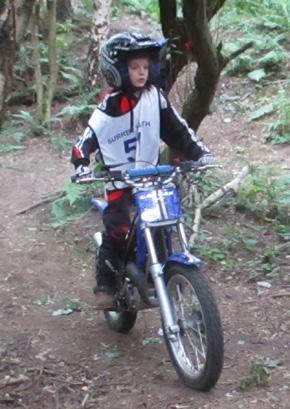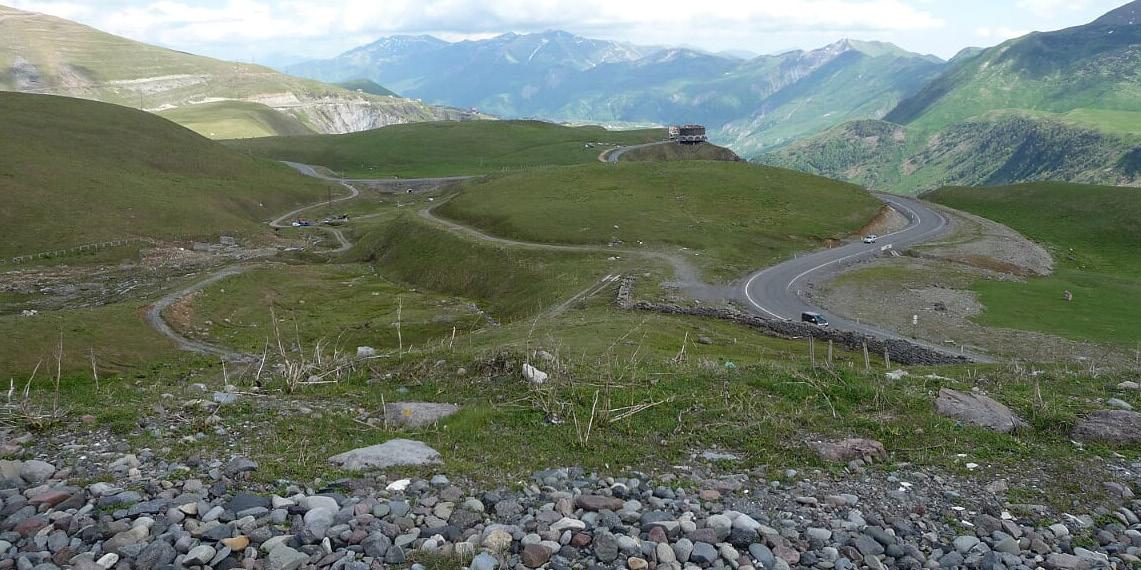
5 minute read
When Was It? - Or Wasn't It?
By Alan Turner
Hawkinge Grass Track
Advertisement

Front cover shows the venue as 'Great Everden Farm', which, apparently, the Folkestone club used for events other than grass track.
A while ago I was in conversation with the esteemed publisher of this magazine and for some reason the topic of Hawkinge Aerodrome came up.
I could remember going to a grass track there many years ago. A dangerous enough statement as, so often, the passage of time scrambles what really happened into what you think really happened. Occasionally there can be a frighteningly wide gulf between the two. So, on that proviso, the story continues. I recall entry to the track involved passing the old airfield buildings, a still extant reminder of when Hawkinge, just 10 minutes' flying time from France, was at the very front of the front line, part of Hellfire Corner in WWII. The other memory was that the grass was very long and the cuttings made a continuous bank marking the outer limits of the track. Should a rider veer outside the markers it looked like a collision with a haystack. There, apparently, the matter rested. Somewhere, I doubtless have the programme for the event. But the emphasis is on 'somewhere'.
A bombardment of the modern kind arrived a couple of days later with another 'Offers you dare not miss' e-mail from e-Bay. Just as I was about to 'Delete' I spotted 'Grass Track Programme'. Not just any grass track – but Hawkinge! For less than £2, I saved hours of searching my files and storage boxes.
The vaguely recalled event, the Chunnel Grass Track, took place in June 1973, organised by the Folkestone Motor Cycle Club. The organisation took pride in meetings where the quality was often close to the ACU National Championships, an achievement due in no small part to the club's spectacular Rhodes Minnis track. Unfortunately, that venue was no longer available. Had nostalgia added unwarranted glitter to the Hawkinge memories? Although a centrestatus meeting, as well as the usual galaxy of South Eastern Centre stars, it featured many riders who had travelled long distances, with a strong presence from the Eastern Centre, a long haul when the motorway system was still piecemeal.
Thankfully, the programme had been filled in, with the comment on the cover: 'Very nice Racing'. The entry comprised 127 solos and 35 sidecars with their club memberships spread across 30 affiliated SE Centre organisations. Of that number, 22 are still listed as active on the ACU web site. There were 37 races. As well as reminders of the details, of how things happened a little differently in those days.

Rear cover shows the results of the main finals. Malcolm Simmons was riding no. 80, rather than his more familiar 30.
First up was the 250 class, where four heats of three laps decided the first four who would proceed through to the final. Regular two-stroke mounted ace Dave Brown won his heat in the quickest time. They had two sidecar races to wait and then they were back out on track for their 16-rider, four-lap final. So that was the quarter-litres done and it was only the seventh race of the day! Dave Brown could do no better than fifth while Pete Bonugli (Apollo) won, beating Chris Mackett, Trevor Banks and Ray Wakeling.
The 500s were soon out to play, with Reg Luckhurst, Malcolm Simmons, John Britcher, Graham Hurry and Roland Duke all recording heat victories. It also took five fourlap heats to sort out the 350s. This time, John Britcher, Lynsey Newson, Roland Duke, Stan Luck and Colin Packman all posted wins. The riders had a hectic time just before the interval when the 500 Final became the fastest race of the day so far, as John Britcher headed Roland Duke, Graham Hurry, Reg Luckhurst, Don Godden and Malcolm Simmons. Now that must have been quite a race! After two sidecar races, some of the names appeared again in the 350 Final, where John Britcher led Stan Luck, Chris Rodwell, Colin Packman, Barry Hazelton and John Rowney hmoe. The interval was surely welcomed as both finals had been over six laps.
The sidecar action had provided pauses in the solo events so all the three-wheel entry had already had one opportunity to progress to an eight-outfit final. Mike Palmer/John Bainbridge, Alan Burdett/R. Andrews, Gary Smith/ Alan Rouse, Steve Todd/Frank Burke were the heat winners, but the Smith/Rouse team headed Palmer/Bainbridge for the money followed by Todd/ Burke and South Eastern Centre favourite Charlie Coleman/Allan Murray.
The sidecars had even started another round of heats before the interval. After the break, a 340cc-Unlimited class brought the solos out again. This provided six heats, with first five through to the semis. Things were hotting up, as Malcolm Simmons, John Britcher and Roland Duke all recorded the same time to win their respective qualifiers. The last two sidecar heats gave the solos time to get ready for their semis. Malcolm Simmons matched his heat time, but John Britcher threw down the gauntlet by going two seconds quicker, speed quoted as 61.2mph!
The sidecar final was the penultimate race and this time Steve Todd put it across Gary Smith, with Charlie Coleman improving to third. Speed this time was given as 54.8mph.

John Britcher and Roland Duke battling at another Kent meeting
A note beside the result of the six-lap Unlimited Final reads: 'Very good race'. Malcolm Simmons beat John Britcher, Reg Luckhurst, Graham Hurry, Neil John Britcher and Roland Duke battling at another Kent meeting Smith and Stan Luck at a speed of 60mph.
As well as his racing presence, Reg Luckhurst featured well to the fore in the programme. His frame building business was obviously in full swing with various riders on "Lucky" machinery, including the first five home in the Unlimited final.
Further Hawkinge meetings were advertised, the Grand Slam, on August 19, and the Battle of Britain on 30 September. For whatever reason, or reasons, the latter meeting actually took place some miles away, at Brenzett on the Romney Marsh.
And Hawkinge? Many of the airfield buildings survive and the facility has been expanded as the Kent Battle of Britain Museum, but the village has also expanded to enclose it and the airfield has largely vanished beneath new roads and a housing estate.
Thanks to Carl Croucher for some timely memory-jogging assistance with this !






